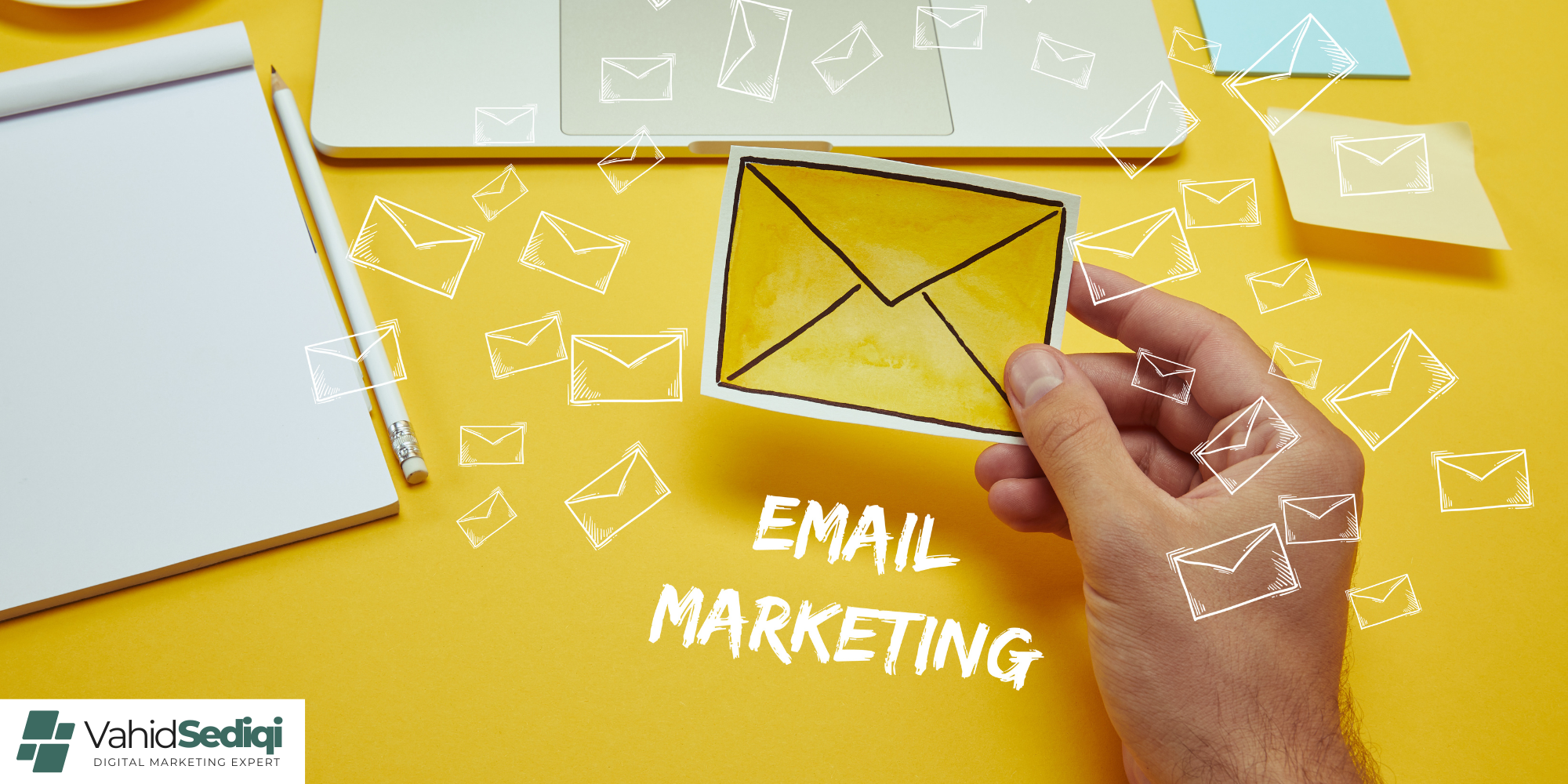In Email Marketing, What Is a Relationship Email?
Relationship emails are one of the most important parts of email marketing because they help you build and keep relationships with your audience. By sending out valuable and pertinent material, these emails aim to gain trust, encourage loyalty, and increase engagement. But what exactly is a relationship email, and how can you use it to your advantage in your email marketing? Let’s get into the specifics.
Understanding Relationship Emails

What Are Relationship Emails?
If you want to build and keep a long-term relationship with your readers, you should send them relationship emails. Relationship emails prioritize engagement and trust over time, as opposed to promotional emails, which aim to increase instant sales.
Key Characteristics of Relationship Emails
- Personalized Content: Tailored messages that speak directly to the recipient.
- Consistent Communication: Regular emails that keep the audience engaged.
- Value-Driven: Content that offers real value, such as tips, insights, or exclusive information.
How They Differ from Other Types of Emails

Emails that promote products and special offers are called promotional emails. Emails that build relationships, on the other hand, are more about giving value and getting to know someone. Take them as nice check-ins and helpful tips instead of the hard sell.
The Importance of Relationship Emails
Building Trust with Your Audience
Trust is the foundation of any strong relationship. By consistently delivering valuable content, you position your brand as a reliable source of information, which in turn builds trust with your audience.
Enhancing Customer Loyalty
When your audience trusts you, they’re more likely to stay loyal to your brand. Relationship emails keep your brand top-of-mind and remind customers why they chose you in the first place.
Driving Engagement and Conversions
Engaged customers are more likely to convert. Relationship emails drive engagement by offering relevant content that resonates with your audience’s needs and interests.
Components of Effective Relationship Emails
Personalization
Personalized emails show your audience that you know and care about them. Use their names, refer to their past interactions, and tailor content to their preferences.
Relevant Content
The content of your relationship emails should be relevant and valuable to your audience. Share tips, industry news, or insider information that they can’t get elsewhere.
Consistent Communication
Consistency is key in relationship emails. Regular communication helps maintain the connection and keeps your audience engaged over time.
How to Create Relationship Emails
Knowing Your Audience
Understanding your audience’s needs, preferences, and pain points is crucial. Use this information to tailor your emails and ensure they resonate with your readers.
Segmenting Your Email List
Segment your email list based on demographics, behaviors, or preferences. This allows you to send more targeted and relevant emails to different segments of your audience.
Crafting the Perfect Subject Line
The subject line is the first thing your audience sees. Make it compelling and relevant to increase the chances of your email being opened.
Best Practices for Relationship Emails
Timing and Frequency
Finding the right balance between too frequent and too infrequent emails is important. Test different timings and frequencies to see what works best for your audience.
A/B Testing
A/B testing involves sending two versions of an email to see which performs better. Test different subject lines, content, and send times to optimize your emails.
Analyzing and Adjusting Strategies
Regularly review your email performance metrics. Use this data to adjust your strategy and improve future emails.
Case Studies of Successful Relationship Emails
Example 1: A Small Business Success
A small online bookstore used relationship emails to share book recommendations and author interviews. This approach not only increased engagement but also boosted sales.
Example 2: A Large Corporation’s Strategy
A major tech company used relationship emails to provide insider news and product tips. This strategy helped to build a loyal customer base and increase product usage.
Tools and Resources for Creating Relationship Emails
Email Marketing Software
Tools like Mailchimp, Constant Contact, and HubSpot make it easy to create, send, and track relationship emails.
Analytics Tools
Use analytics tools to measure the performance of your emails. Track metrics like open rates, click-through rates, and conversions to gauge success.
Conclusion
Relationship emails are an essential part of any email marketing strategy. They help build trust, enhance customer loyalty, and drive engagement by providing valuable content. By understanding your audience, personalizing your messages, and consistently delivering relevant content, you can create effective relationship emails that foster long-term connections with your audience.
FAQs
What is the primary goal of a relationship email?
The primary goal is to build and maintain a long-term connection with your audience by providing valuable and relevant content that fosters trust and loyalty.
How often should I send relationship emails?
The frequency depends on your audience and the type of content you provide. Generally, once a week or bi-weekly is a good starting point, but it’s important to test and adjust based on engagement metrics.
Can relationship emails improve customer retention?
Yes, by consistently providing value and maintaining a connection, relationship emails can significantly improve customer retention.
What types of content work best in relationship emails?
Content that is personalized, relevant, and valuable to your audience works best. This can include tips, industry news, insider information, and more.
How do I measure the success of my relationship emails?
Measure success through metrics like open rates, click-through rates, and conversions. Regularly review these metrics to adjust your strategy and improve future emails.


